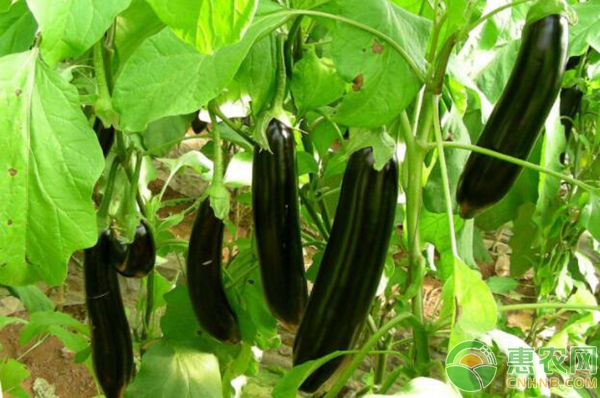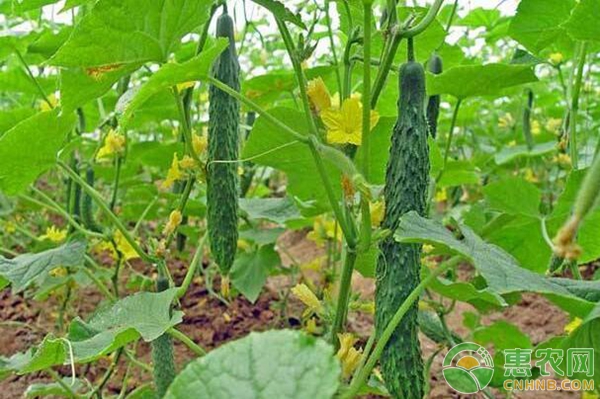Characteristics and causes of non-invasive diseases of plants
Plant diseases caused directly or indirectly by unsuitable physical, chemical and other non-biological environmental factors. Also known as physiological diseases. It is also called a non-infectious disease because it cannot be transmitted. There are many causes of non-invasive diseases, mainly classified as malnutrition, water imbalance, temperature discomfort, and harmful substances.

(1) Nutritional disorders
The normal growth and development of plants requires 16 kinds of nutrients such as nitrogen, phosphorus and potassium. When the nutrients are lacking, the plants can not grow normally and develop, and they will become sick and manifest as deficiency syndrome. Boron deficiency, phosphorus and magnesium are easy to cause hollow fruit. Calcium deficiency can cause umbilical rot. The main reason for the induction of Chinese cabbage dry heart disease is the lack of manganese. The young leaves of the diseased plant are chlorotic and withered, and then become pale brown and dry. Roll inward.
The diseased plant grows poorly, and it can't be overwhelmed or unintentional. The light disease strain can be covered and the appearance is normal, but the cut leaf can be seen as yellowing and dryness of the inner leaf edge, and some leaves are light brown dry rot, no odor, and easy to rot after entering the sputum.
(2) water imbalance
The photosynthesis of plants and the absorption and transportation of nutrients must be carried out with water, and water plays an important role in regulating plant body temperature. When the water is insufficient, the vegetative growth is limited, the leaf area is reduced, and the flower development is also affected. When the water shortage is serious, the plant is wilting, the transpiration is weakened or stopped, the stomatal is closed, the photosynthesis is not functioning properly, and the growth is reduced. The lower leaves turn yellow and turn red, and the leaves are soaked, causing defoliation, falling flowers or falling fruits, and even the whole plant withering and dying.
Excessive water will affect the increase of soil temperature and the aeration of soil, so that the root activity of plants will be weakened, causing rotten roots, slow growth of plants, yellowing and redness of lower leaves, causing defoliation, falling flowers or falling fruits. The plant strain died.
When the water supply is uneven or changes drastically, it will also cause damage to the plants. For example, in the growth period of cucumber fruit, the water supply is uneven, and various malformed melons can be formed; the water supply is insufficient first, which can cause cracking of root vegetables, cabbage and tomato; the early stage of water is sufficient to cause umbilical rot in tomato .

(3) Temperature discomfort
Plant growth and development have its specific temperature range. If the temperature is too high or too low, it will exceed its adaptation range, the plant metabolism process will be hindered, it will not grow normally, it will become sick, and different plants will have temperature. The adaptability is different, and the temperature at which they are sick is not the same.
High temperatures can cause a rapid decline in photosynthesis, increased respiration, reduced carbohydrate accumulation, slowing plant growth, and sometimes dwarfing or early maturity.
Low temperatures are also very harmful to plants. The chilling injury occurs, the plant growth slows down, the leaf margin and the mesophyll turn yellow, and the pollination is poor, resulting in a large number of falling flowers, fruit falling and deformed fruit. For example, when the tomato is at 15 degrees for a long time, it cannot grow normally. The fruit is small, the peel is hard, the ventricle of the pulp is separated from the cortex, and the tomato is mature and not colored. When the temperature is severe, that is, below 0 degrees, the plant cell contents can be frozen, the cell gap is dehydrated, and the cells and tissues are killed. For example, the early frost in the late autumn, the night frost in the spring, and the abnormally low temperature in the winter may cause the plant tissues such as the young shoots, flower buds and leaves to freeze and die.
Low temperature can cause root disease of crops such as melons. If the low temperature is lower than 12 degrees for a long time, the soil moisture is too large, and the seedlings such as cucumber, watermelon and eggplant will develop. The epidermis of the root of the seedling is rust brown, gradually decaying, not growing new roots, the leaf edge turns yellow, and then gradually burns out. It grows slowly, almost stops growing when it is severe, and finally wilted.
(4) Harmful substances
Harmful substances on the surface of air, soil and plants can cause plant poisoning and disease. Toxic substances emitted from chemical chimneys such as chemical plants, power plants, and brick and tile factories often cause air pollution, which can cause damage to plants. When using chemical pesticides and chemical fertilizers such as fungicides, insecticides, herbicides, and plant growth regulators. If the selection is improper, the application method is unreasonable, the use period is not suitable, the application concentration is too high, or the sprayed herbicide is blown to the sensitive crops near the field with the wind, the plant cells and tissues may be killed, in the leaves, etc. The site forms irregular necrotic spots, and even the whole leaves are scorched.
Spraying plant growth regulators such as chlormequat and paclobutrazol can prevent plants from growing and promoting reproductive growth. However, if the application concentration is too high, the plants grow slowly, are obviously short, the leaves are dark green, the fruit is blocked, the yield is reduced, and the yield is low. The concentration of 24-D can prevent the loss of fruit and fruit of the melon and vegetables, and promote the fruit expansion. However, if it is sprayed onto the leaves, the new leaves become thinner, curved, the leaves are deeper, the leaves are thicker, and the plants almost stop growing. Serious for a few months without new leaves.

Water quality and soil pollution can also cause serious damage to plants. Pesticides discharged from factories, pesticides such as herbicides left in the soil, and pollutants such as petroleum and heavy metals can inhibit plant root growth and affect water absorption, leading to chlorosis of leaves and plant death in severe cases.
Feed Additives,Feed Grade Nutrition Supplement,Amino Acid For Animal Feed,Feed Grade Additive Amino Acid
NANYANG CHENGPENG PHARMACEUTICAL CO.,LTD , https://www.chppharm.com
